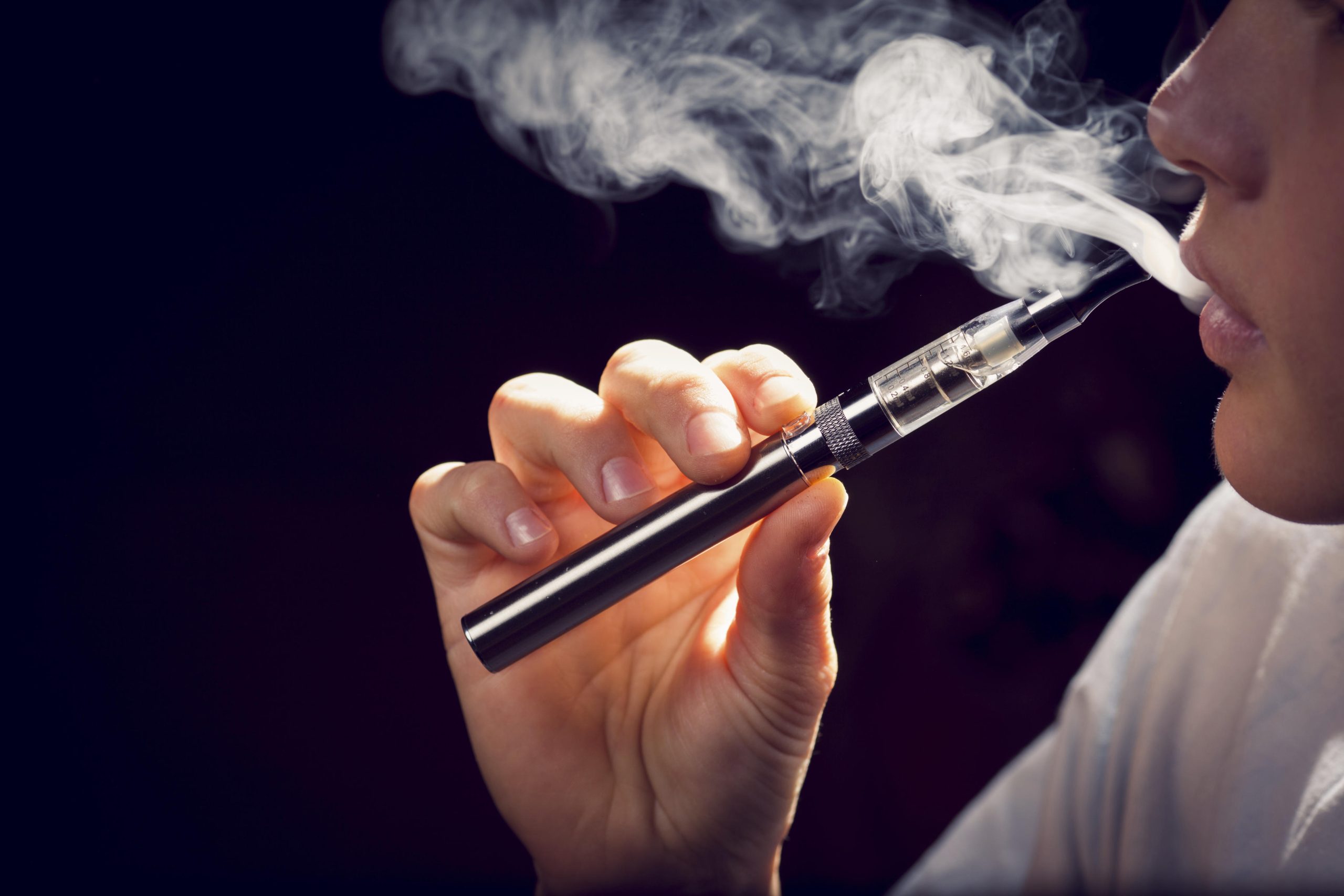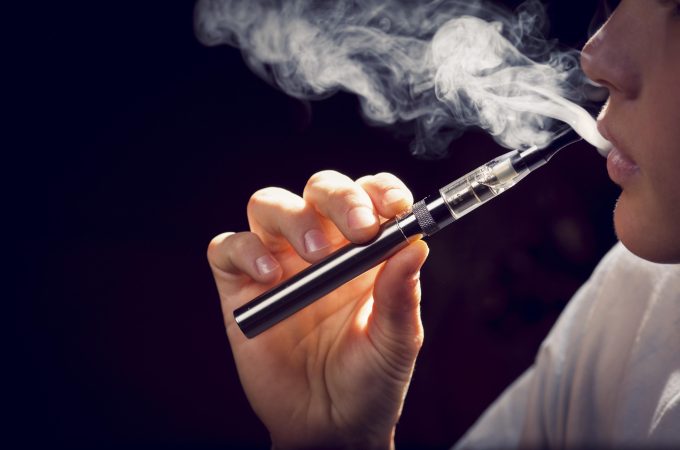Vaping has become a prevalent trend in recent years, with millions of people around the world turning to e-cigarettes as an alternative to traditional smoking. However, as the popularity of vaping continues to rise, questions arise about its potential impact on fitness and exercise performance. Understanding how vaping may affect their training regimen is crucial for those serious about their workouts. So, let’s delve into the relationship between vaping and fitness to see if there are any significant implications for your workout routine. หัวพอตชนิดที่สามารถใช้ได้กับพอตรุ่น, offering convenience and ease of use for vapers looking to enhance their vaping experience without compromising on quality.
1. Understanding Vaping: The Basics
Before delving into its effects on fitness, it’s essential to understand what vaping entails. Vaping involves inhaling and exhaling aerosol, often referred to as vapor, produced by an e-cigarette or similar device. The vapor typically contains nicotine, flavorings, and other chemicals. Unlike traditional cigarettes, which burn tobacco to produce smoke, e-cigarettes heat a liquid, creating vapor for inhalation.

2. The Impact of Nicotine on the Body
Nicotine, a primary component in most vaping liquids, is a stimulant that affects the cardiovascular and central nervous systems. It increases heart rate, blood pressure, and adrenaline levels, leading to a temporary spike in energy and alertness. While some vapers may perceive these effects as enhancing their workout performance, the reality is more nuanced.
3. Respiratory Effects and Lung Capacity
One of the most significant concerns regarding vaping and fitness revolves around respiratory health. While vaping may seem less harmful than smoking, it still involves inhaling potentially harmful substances into the lungs. The long-term effects of vaping on lung function are still being studied, but preliminary research suggests that vaping may contribute to respiratory issues and reduced lung capacity over time.
4. Hydration and Performance
Proper hydration is essential for optimal athletic performance. Vaping can lead to dehydration, particularly e-liquids containing propylene glycol (PG) and vegetable glycerin (VG). Both PG and VG are hygroscopic substances, meaning they attract and retain water molecules. Vaping can dehydrate the body, potentially impairing performance during workouts and increasing the risk of muscle cramps and fatigue.
5. Potential for Addiction and Withdrawal
Nicotine addiction is a significant concern associated with vaping, similar to traditional smoking. Regular vapers may experience withdrawal symptoms when abstaining from vaping, such as irritability, cravings, and difficulty concentrating. These symptoms can disrupt workout routines and motivation, making it harder to maintain peak fitness levels.
6. Impact on Recovery and Muscle Growth
Effective recovery is crucial for muscle growth and overall fitness progress. Vaping may interfere with the body’s ability to recover from intense workouts due to its effects on circulation, inflammation, and immune function. Chronic vaping could impair muscle repair and adaptation, hindering progress in strength and endurance.

7. Mental Focus and Concentration
While some vapers claim that nicotine improves focus and concentration, the evidence is mixed. While nicotine may temporarily enhance cognitive function in some individuals, excessive nicotine intake can lead to anxiety, restlessness, and impaired concentration. These effects can detract from the mental focus needed to perform well during workouts.

